Silurian period
(444-419 MYA)
2
Biomes
8
Continents
5
Animals
8
Plants

Map

Description
The Silurian period is the third period of the Paleozoic era. It began around 443 and ended around 416 million years ago. The duration of the period was 27 million years. It was named after the Celtic tribe "Silures".
During the Silurian period, significant changes occurred in the climate and geography of the Earth. The main change in the planet's map in the Silurian was the union of Laurentia and Baltica into the continent of Laurussia. The temperature throughout the period was constantly rising, accompanied by melting ice at the south pole.
The evolution of life continued. This period is characterized by the spread of the first complex terrestrial plants - psilophytes (Psilophytopsida) (or rhyniophytes Rhyniophyta), and, a little later, clubmosses. The conquest of land by fauna began. Scorpions, millipedes, and spiders rushed to the surface.
Aquatic life developed with arthropods, mollusks, corals, and many other species of animals. One of the most characteristic representatives of this period were trilobites, eurypterids (sea scorpions), and cephalopod mollusks also evolved rapidly. But perhaps the main evolutionary event of the period was the formation of fish.
New deposits of minerals were formed: copper-nickel ores, manganese, phosphorites, barite, iron ore, gold, gypsum, oil shales.
Note: The Celts are an ancient people who lived in Europe around the 800th year BC. They were known for their culture, art, and rich mythological heritage. Their contribution to the development of the Iron Age was particularly significant. Originally, the Celts inhabited an area that today is the territory of France and Germany, but over time their culture spread throughout Western Europe. In our time, the holiday of Halloween, celebrated in many countries, originated from the ancient Celtic holiday of Samhain.

Animals
Expand more
Loading...

3D Biomes
Articles
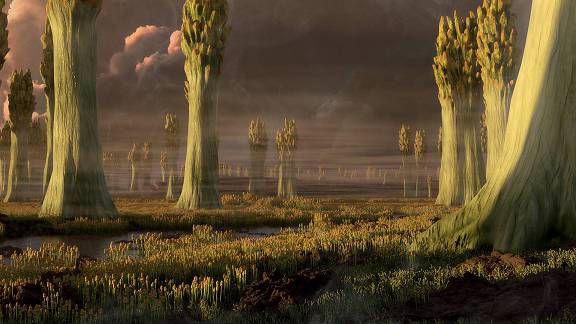
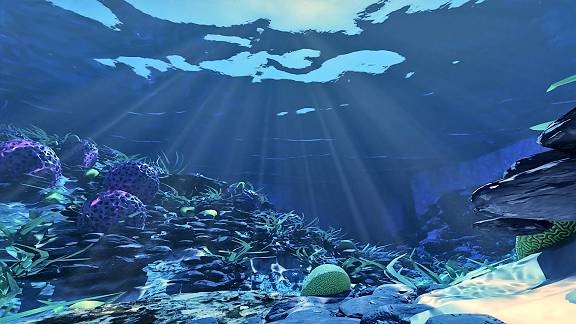
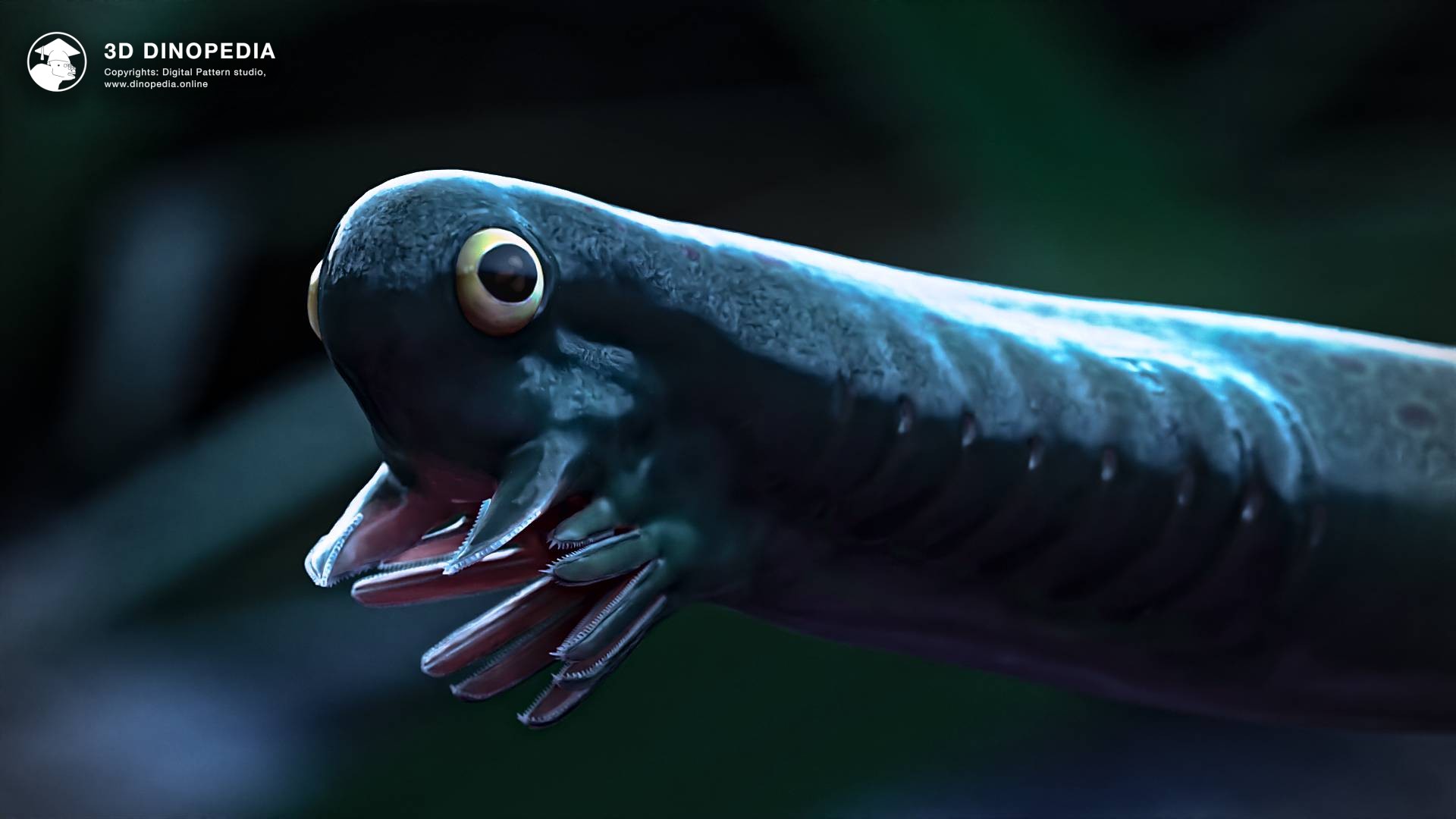
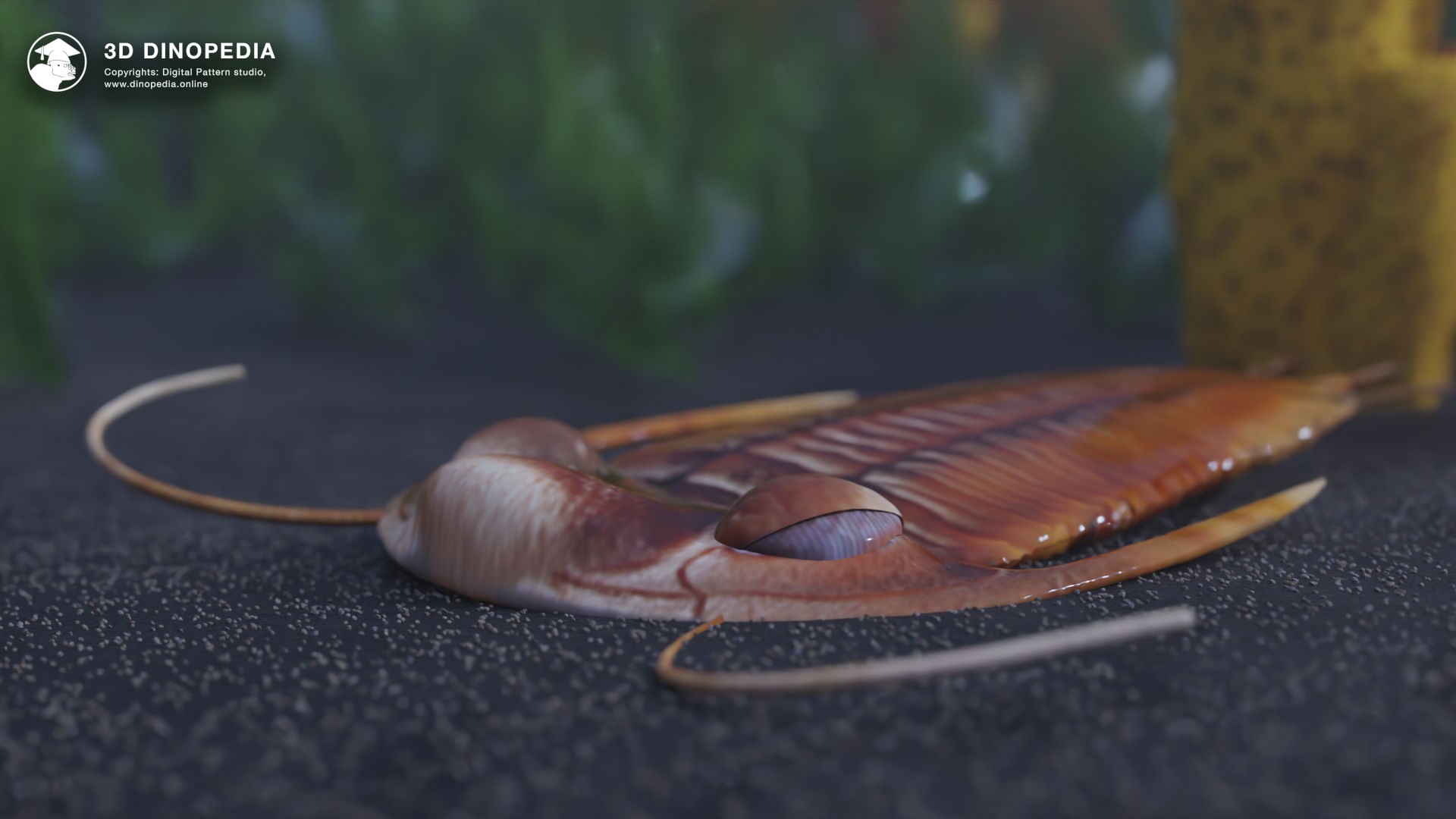

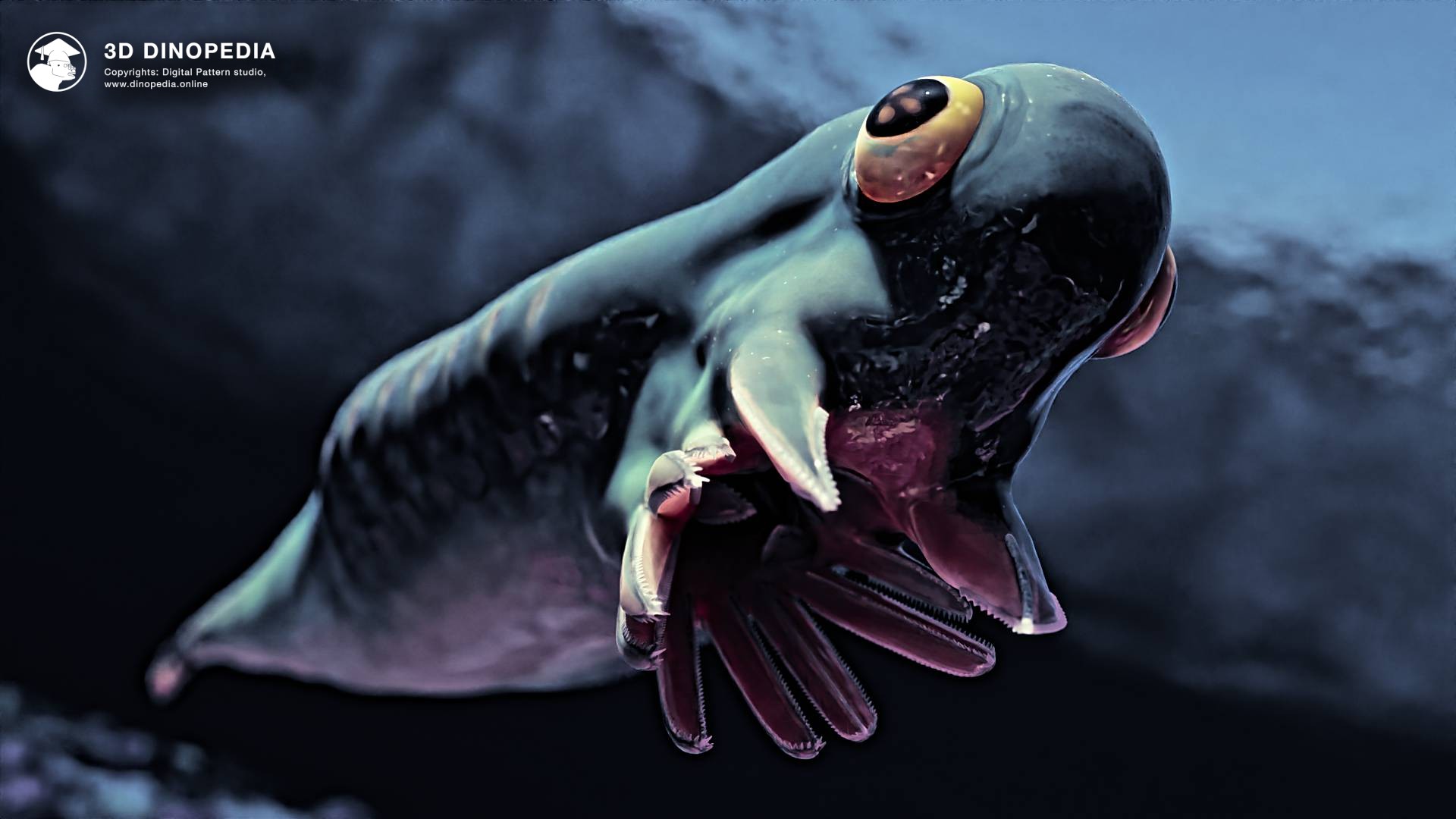
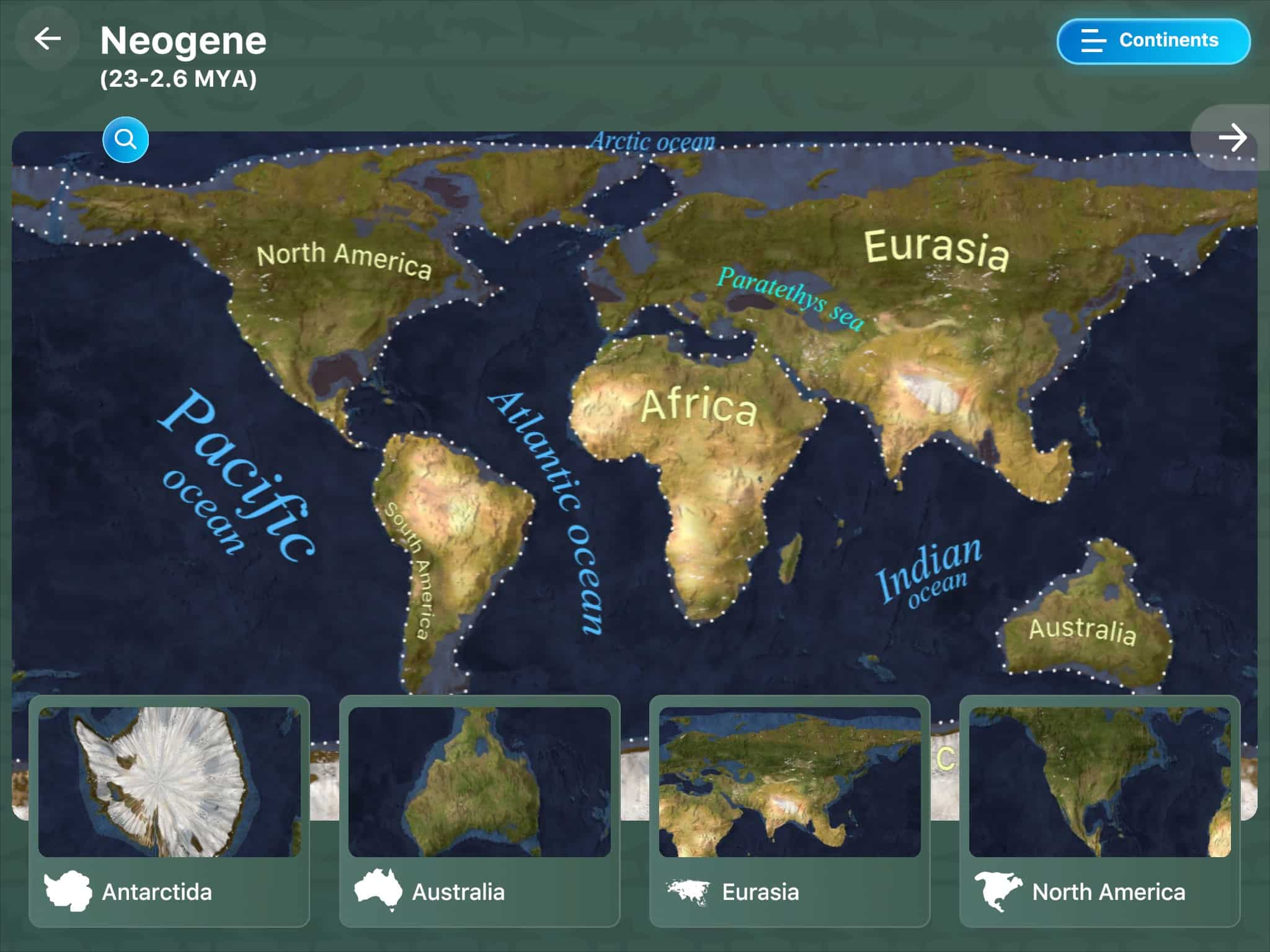

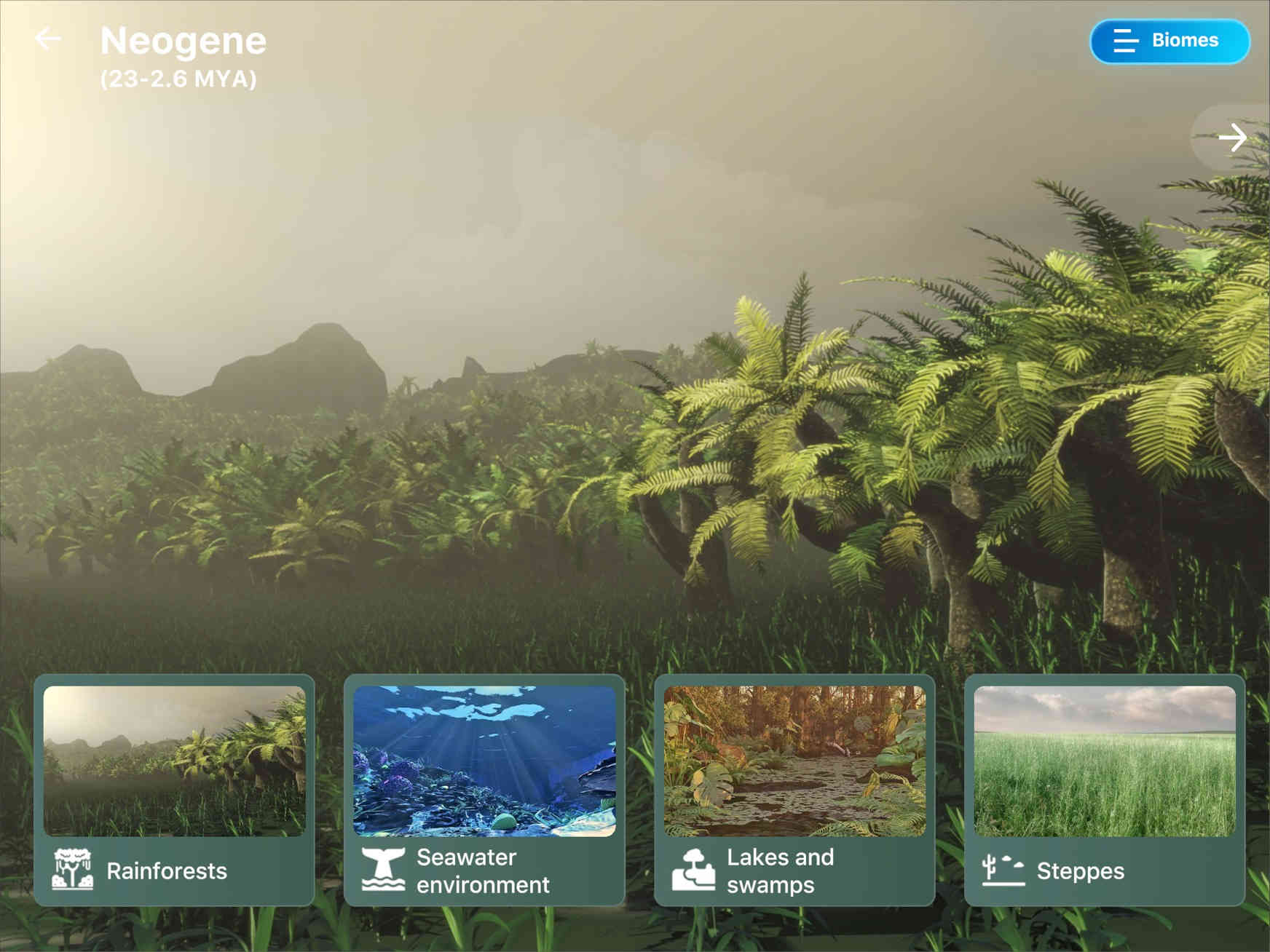






 CONTINENTS
CONTINENTS
 3D BIOMES
3D BIOMES
 FAUNA
FAUNA
 FLORA
FLORA
 EVENTS
EVENTS
 DISCOVERIES
DISCOVERIES
 GALLERY
GALLERY
 3D EARTH
3D EARTH

